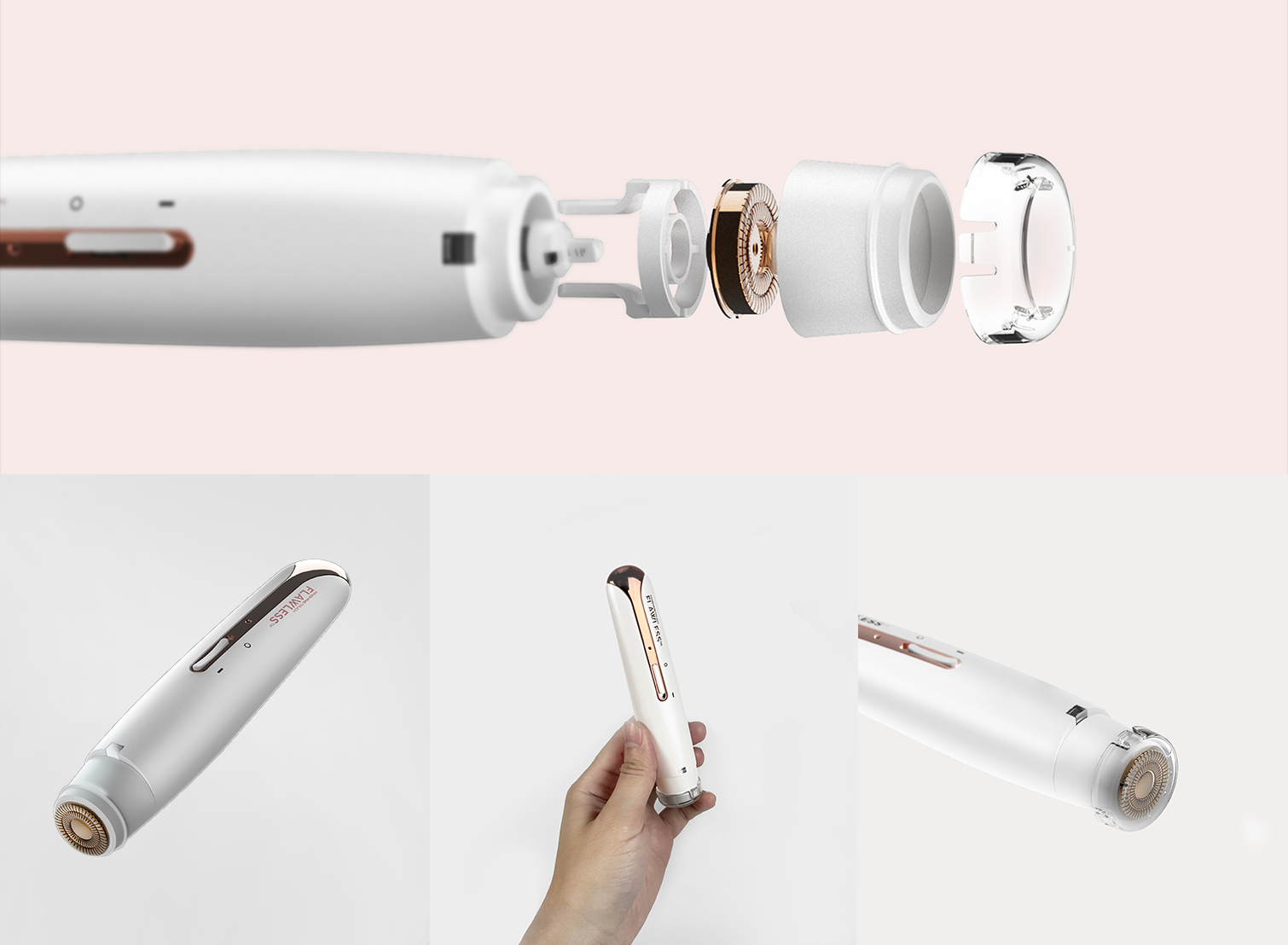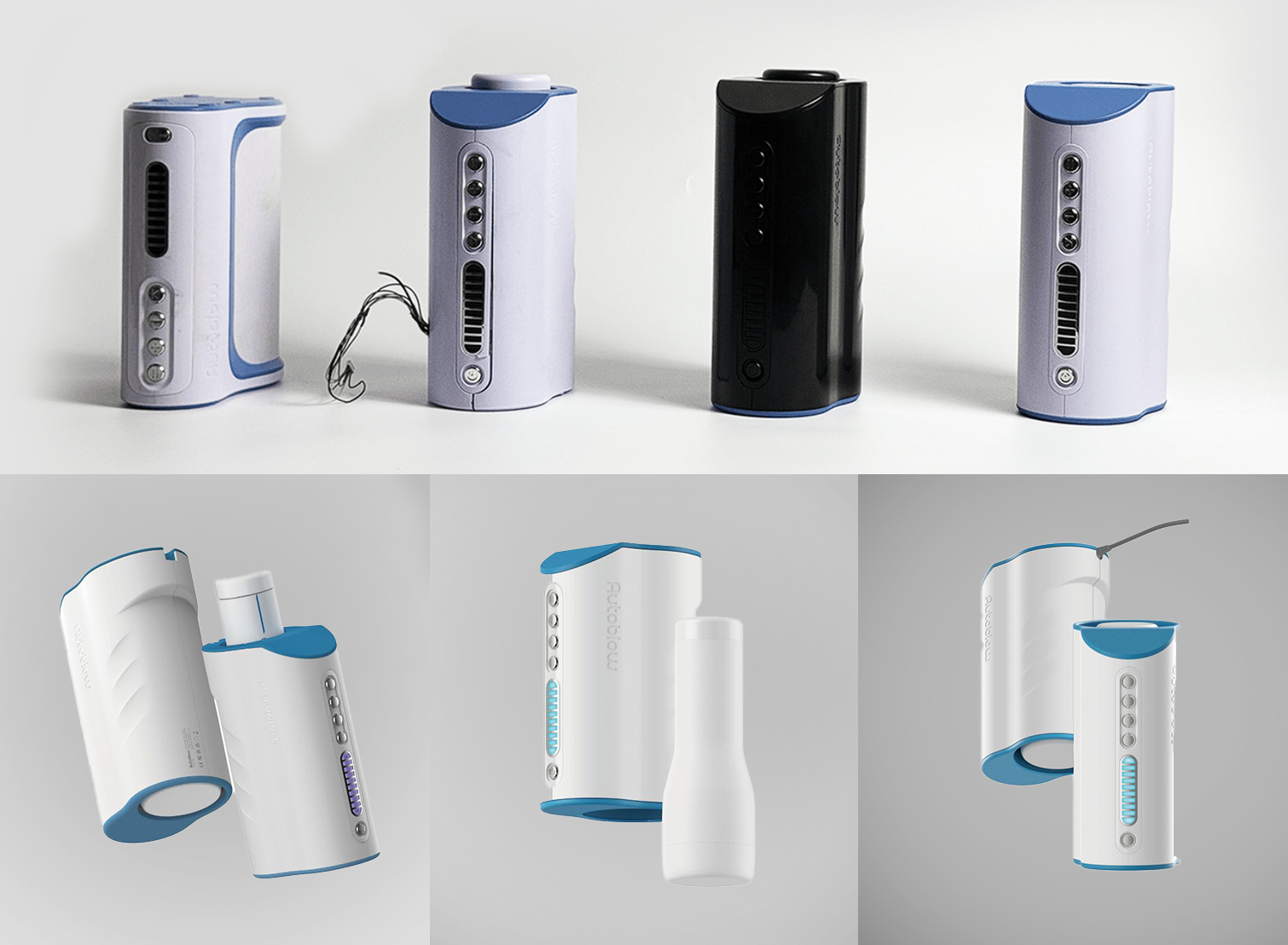Finding the right manufacturer is a critical step in turning your product idea into a reality. The decision affects not just the cost of production but also the quality, scalability, and overall success of your business. For U.S. entrepreneurs and SMEs, understanding the benefits and challenges of both domestic and offshore manufacturing is essential.
This article will walk you through the process of identifying, evaluating, and partnering with the right manufacturer to meet your specific needs.
What Does a Manufacturer Do?
A manufacturer is a company that transforms raw materials into finished products through industrial processes such as assembly, machining, or molding. Manufacturers are the backbone of product creation, producing everything from simple components to complex, fully assembled items ready for market.
It’s important to distinguish manufacturers from suppliers. While manufacturers produce goods, suppliers distribute these products, which can include wholesalers, distributors, or even dropshipping companies. Manufacturers focus on the production stage, while suppliers handle the logistics of getting products into the hands of businesses or consumers.
For example, a manufacturer in the consumer electronics industry might produce circuit boards or plastic casings. In the home goods sector, manufacturers create items like furniture or kitchen tools.
For medical devices, manufacturers produce precision components using specialized materials, adhering to strict regulatory standards like ISO 13485. Understanding these roles helps businesses choose the right partner for their specific needs.
Domestic vs. Offshore Manufacturing
When choosing a manufacturing strategy, businesses must weigh the advantages and challenges of domestic and offshore manufacturing.
Domestic Manufacturing
Domestic production offers significant benefits, including better quality control, faster lead times, and stronger intellectual property (IP) protection. Manufacturers within the U.S. are also easier to collaborate with due to shared language, cultural understanding, and proximity. However, these advantages come at a cost—domestic manufacturing typically involves higher labor and operational expenses, which can impact pricing competitiveness.
Offshore Manufacturing
Offshore manufacturing, particularly in countries like China, Vietnam, or India, is known for its cost efficiency, access to skilled labor, and scalability. These regions often provide advanced production infrastructure and lower material costs. However, challenges such as language barriers, longer shipping times, and potential quality control issues require businesses to exercise caution.
A Hybrid Approach
To balance risks and benefits, many U.S. entrepreneurs adopt a hybrid approach. By combining domestic manufacturing for critical components or backup stock with offshore production for larger, cost-effective orders, businesses can achieve scalability while maintaining flexibility and quality.
Interested in exploring offshore manufacturing for your business? Learn more about finding the right overseas partner in our detailed guide: How to Find an Overseas Manufacturer and Supplier.
How Do You Find a Manufacturer: 6 Steps To Consider
Finding the right manufacturing partner can make or break your product’s success. Follow these steps to ensure you choose a reliable manufacturer:
1. Research Your Options
Begin your search with online platforms like Google, Alibaba, and Thomasnet to find potential manufacturers. Industry-specific directories such as MFG and Sourcify can provide targeted results. Networking is equally important—connect with professionals on LinkedIn, attend trade shows, and join relevant industry organizations. Referrals from trusted contacts can often lead to reliable manufacturers with a proven track record.
2. Verify Manufacturer Credentials
Ensure your chosen manufacturer meets essential standards and certifications. Look for certifications like ISO 9001, which guarantees quality management systems, or ISO 13485 for medical devices. Cross-check their credentials through references, online reviews, and business registrations. Don’t hesitate to ask for proof of compliance with industry regulations, as this is key to maintaining quality and legal integrity.
3. Communicate Your Requirements Clearly
Prepare a comprehensive product specification document that outlines every detail of your product, such as dimensions, materials, tolerances, and special features. Visual aids like CAD designs, sketches, or prototypes can make your requirements crystal clear. The more detailed your instructions, the less likely you’ll face errors or misunderstandings during production.
4. Request and Evaluate Samples
Always test the waters by ordering samples from your shortlisted manufacturers. Evaluate these samples for quality, durability, and consistency to ensure they meet your expectations. Retain signed and dated control samples to serve as benchmarks for future production runs. These samples act as a quality standard and help resolve disputes if discrepancies arise.
5. Evaluate Costs and Terms
When comparing manufacturers, consider more than just the quoted price. Look into additional factors such as minimum order quantities (MOQs), setup fees, and payment terms. A lower cost may come with hidden compromises in quality or delivery timelines. Aim to strike a balance between affordability and quality assurance, ensuring the manufacturer aligns with your budget and expectations.
6. Negotiate and Build Long-Term Relationships
Negotiation is not just about lowering costs—it’s about fostering a mutually beneficial partnership. Discuss exclusivity agreements to protect your intellectual property (IP) and product designs. Establish clear terms for resolving disputes or defective products. Building trust through transparent and consistent communication is critical for a lasting relationship that supports your business growth.
Not sure if your current manufacturing partner is the right fit? Learn about the 7 Signs You Need a New Manufacturing Partner and take actionable steps toward securing a more reliable solution.
Factors to Consider When Choosing a Manufacturer
Selecting the right manufacturing partner goes beyond cost—it’s about ensuring they align with your business needs for quality, scalability, and operational efficiency. Here are the key factors to evaluate:
- Quality Assurance
Maintaining consistent product quality is critical. Opt for manufacturers with established quality assurance processes, such as regular inspections, robust defect policies, and third-party quality checks. Ensure they can meet your required standards, such as ISO certifications, and have a clear process for resolving issues related to defective or non-compliant products. A reliable manufacturer should also offer detailed quality reports for transparency. - Scalability
Your business needs may grow over time, so it’s essential to work with a manufacturer capable of scaling production alongside your demands. Assess their ability to handle larger order volumes without compromising quality or lead times. Manufacturers with flexible infrastructure and proven experience in scaling production are better equipped to support your long-term growth. - Cultural Fit
Cultural compatibility can play a significant role in ensuring smooth communication and efficient collaboration. Consider language capabilities, business practices, and responsiveness to feedback. A manufacturer with clear and open communication channels can help prevent misunderstandings, ensuring your requirements are met precisely. If offshore, prioritize partners familiar with your market’s expectations and compliance standards. - Shipping and Logistics
The logistics of getting your products from the manufacturer to your customers are just as important as production itself. Account for international shipping costs, tariffs, and duties when calculating your total expenses. Evaluate the manufacturer’s experience with global supply chains and their ability to provide reliable packaging and shipping solutions that minimize delays and damage.
Choosing the right manufacturing partner goes beyond technical expertise; it’s about finding a team that aligns with your values and fosters collaboration. At Gizmospring, we embrace diversity, creativity, and open communication, ensuring a vibrant partnership experience.
Discover more about our inclusive culture and how it shapes our approach to innovation and client relationships: Learn about Gizmo’s culture.
Using Technology to Streamline the Process
Incorporating technology into your manufacturing search can simplify and accelerate the process.
Virtual Factory Tours: Use video calls and virtual tools to remotely assess manufacturing facilities, ensuring their capabilities align with your needs without requiring travel.
Digital Contract Management: Streamline agreements with platforms like DocuSign, enabling seamless and secure digital contract signing to expedite project initiation.
Manufacturing Platforms: Leverage tools like Alibaba’s Trade Assurance or MFG’s custom RFQ systems to connect with vetted suppliers and secure reliable partnerships.
Start your manufacturing journey with ease. Sign an NDA and receive a free, fully virtual product consultation with GizmoSpring. Contact us today to take the first step.
Pitfalls to Avoid When Selecting a Manufacturer
Underestimating Lead Times
Delays in manufacturing and shipping can significantly disrupt your project timelines, especially when dealing with overseas production. It’s essential to build a realistic timeline that accounts for potential setbacks, such as material shortages, factory capacity limitations, or international shipping bottlenecks.
Manufacturers often provide estimated production and delivery times, but these should always be treated as provisional. Buffer time should be added to your schedule to accommodate unexpected delays. For instance, global events like port congestion or regulatory changes can create bottlenecks that prolong shipping timelines, affecting your ability to meet market demands. Proper planning and consistent communication with your manufacturer can help minimize these risks.
Ignoring Hidden Costs
Focusing solely on production costs can lead to financial surprises that strain your budget. Beyond the initial quoted price, there are several hidden costs that businesses often overlook. These include expenses for quality inspections, rework of defective items, shipping duties, and customs fees.
Currency fluctuations can also impact your budget, particularly when dealing with international manufacturers. For example, a favorable exchange rate when negotiating your contract may shift by the time payments are due, increasing costs. To mitigate these issues, businesses should conduct a comprehensive cost analysis that factors in all potential expenses. Transparent communication with the manufacturer about costs, including shipping and inspection fees, can also help avoid unpleasant surprises.
Skipping Due Diligence
Rushing the selection process without thoroughly vetting potential manufacturers can lead to unreliable or unethical partnerships. Due diligence is critical in ensuring that the manufacturer aligns with your quality standards, ethical practices, and operational capabilities. Begin by verifying certifications, such as ISO standards, to ensure the manufacturer meets industry requirements.
Additionally, review feedback from previous clients and ask for case studies or references to gauge the manufacturer’s reliability. It’s also vital to evaluate their production facilities, either through in-person visits or virtual tours, to assess their operational efficiency and compliance with safety regulations. Failing to conduct these checks can result in issues such as substandard product quality, missed deadlines, or even reputational damage if ethical concerns arise.
Before selecting the right supplier, it’s essential to understand the manufacturing process from idea to market. Explore our guide on the Essential Steps in Product Manufacturing to empower your decision-making journey.
Why Offshore Manufacturing Works for U.S. Entrepreneurs
Offshore manufacturing offers U.S. entrepreneurs a strategic pathway to scale their operations efficiently while keeping costs manageable. By owning or partnering with overseas facilities, businesses can leverage lower labor costs and tap into skilled labor markets.
Countries like China, with its robust infrastructure and advanced manufacturing capabilities, allow for high production volumes without compromising quality. Having direct ownership or strong partnerships with these facilities ensures better control over the manufacturing process, allowing businesses to maintain high standards and streamline production timelines.
For many businesses, a hybrid model that combines U.S. oversight with offshore production offers the perfect balance. This approach enables close collaboration with the design and production teams domestically while utilizing the cost and scalability advantages of offshore facilities.
By maintaining oversight from the U.S., businesses can ensure that their products meet quality standards, adhere to market regulations, and stay aligned with consumer expectations. This dual approach mitigates risks like communication barriers or potential delays while maximizing the benefits of international manufacturing hubs.
While China remains a global leader in manufacturing, the rise of alternative hubs such as Vietnam, India, and Mexico presents exciting opportunities for U.S. entrepreneurs. These countries have become increasingly attractive due to competitive labor costs, skilled workforces, and proximity to major consumer markets.
For example, Vietnam’s growing expertise in electronics and textiles, India’s advancements in engineering, and Mexico’s logistical advantages as a nearshore partner make them strong contenders for U.S. businesses exploring offshore manufacturing options. Choosing the right manufacturing hub depends on the unique needs of your business, including the type of product, budget, and target market.
To better understand the strategic advantages and potential challenges of offshore manufacturing, explore our comprehensive guides:
- The Pros and Cons of Offshore Manufacturing in 2024
- How Proposed 2025 Tariffs Could Reshape Global Manufacturing and Why China Remains a Strategic Choice
These resources will help you navigate the complexities of offshore production and make informed decisions about where and how to manufacture your products most effectively.
Building the Foundation for Successful Manufacturing
Finding the right manufacturing partner is a critical step in transforming your product ideas into reality. Success in manufacturing relies on thorough research, clear communication, and fostering strong, collaborative relationships with your chosen partners. By focusing on these fundamentals, you can avoid common pitfalls, ensure high-quality production, and achieve scalability tailored to your business’s growth.
At Gizmospring, we specialize in Joint Development Manufacturing (JDM) services, which emphasize collaboration throughout the entire product lifecycle. From concept to final production, we work hand-in-hand with our partners to ensure precision, efficiency, and innovation. Our proven approach has helped numerous businesses bring their visions to life while maintaining cost efficiency and adhering to the highest quality standards.
Whether you are exploring domestic or offshore manufacturing, the key to success lies in balancing these options. Domestic production offers exceptional quality control and shorter lead times, while offshore manufacturing provides cost efficiency and access to specialized resources. Gizmospring bridges this gap with a hybrid approach, offering the best of both worlds through our strategically positioned facilities.
Explore how our JDM expertise has enabled businesses to succeed by visiting our Case Studies page. Learn how our tailored solutions have helped companies across industries achieve their manufacturing goals while staying ahead of the competition.
FAQ
1. How do you find a reliable manufacturer in 2025?
Start with platforms like Google, Alibaba, and Thomasnet to identify potential partners. Verify their certifications, request samples, and evaluate reviews from previous clients. Attend trade shows or network through professional groups for recommendations. A thorough vetting process ensures reliability and quality.
2. What is the difference between domestic and offshore manufacturing?
Domestic manufacturing offers better quality control and shorter lead times but at higher costs. Offshore manufacturing provides cost efficiency and scalability but comes with challenges like longer shipping times and language barriers. A hybrid approach can combine the benefits of both.
3. What are some common pitfalls to avoid when selecting a manufacturer?
Avoid underestimating lead times, ignoring hidden costs like tariffs and inspections, and skipping due diligence. Verify certifications, review references, and conduct facility assessments to ensure the manufacturer meets quality and ethical standards.
4. Why is offshore manufacturing beneficial for U.S. entrepreneurs?
Offshore manufacturing offers lower costs, access to skilled labor, and scalability. Countries like China, Vietnam, and Mexico provide robust infrastructure and competitive pricing. Combining U.S. oversight with offshore production ensures quality while maximizing cost efficiency.
5. What is Joint Development Manufacturing (JDM)?
JDM is a collaborative process where manufacturers work with businesses throughout the product lifecycle, from concept to production. It ensures tailored solutions, cost efficiency, and adherence to quality standards, making it ideal for entrepreneurs seeking innovative and reliable manufacturing partnerships.










